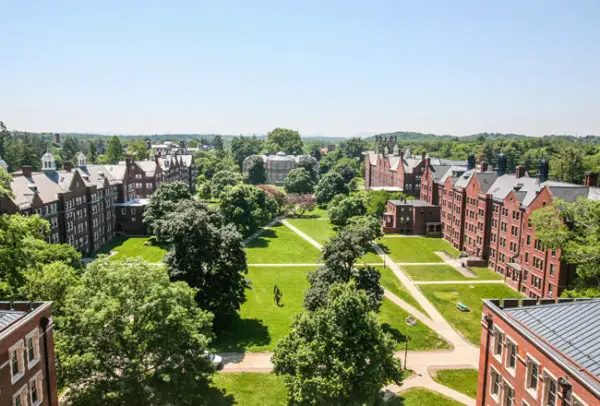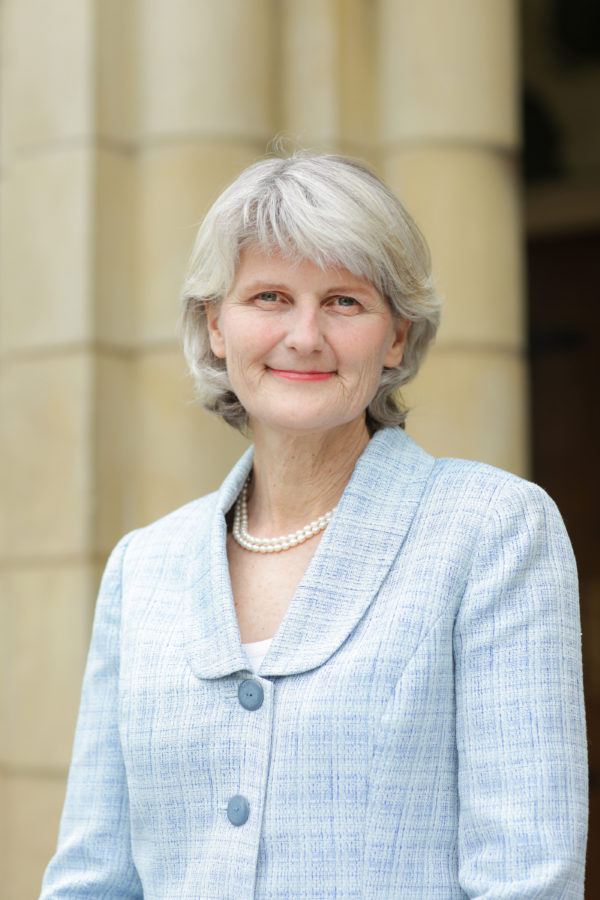While conspiracy theorists, some politicians and other climate change deniers continue to have their voices amplified through right-wing media and the internet, a Hudson Valley institution has taken new action in its overall strategy and commitment to protecting the environment.

Vassar College has amended its investment policy to make sure matters of sustainability and the environment are considered when decisions are made about where to invest its money. In addition, it has been spending capital on its physical plant to make it greener and minimize its impact on the environment.
The college”™s board of trustees, by a unanimous vote in mid-October, made a commitment to consider investments that support transitioning to a green economy and require that environmental, social and similar factors be considered when deciding who gets to handle the college”™s funds.
Vassar is a liberal arts college that was founded in 1861 and has its campus in Poughkeepsie. It originally was only for women but now is coeducational.
According to a financial statement, as of June 30, 2020, Vassar had total assets of $1.66 billion. Its investments came to $1.12 billion. Vassar”™s total operating revenue for the year ending June 30, 2020, was just over $190 million.
Vassar”™s President Elizabeth H. Bradley told the Business Journal, “Vassar has been working on our approach to climate change since 2005. We set the target in 2005 that we”™d be carbon-neutral by 2030.”

Bradley said that the college created a detailed climate action plan in 2015 and brought in consultants to help determine the best ways to move forward in reducing its carbon footprint.
“At the same time, on a parallel track, the students, faculty and alumni were really asking us to consider how do we manage our endowment in terms of its investment,” Bradley said. “There was a group effort from lots of different places.
“We absolutely recognize that we”™re in a climate emergency,” she added. “There is no question about it, and the opportunities to support a green economy are myriad. There are just so many ways in which we can promote the green economy now.”
A document outlining the college”™s investment strategy notes that Vassar has no direct investments in any companies that explore, refine or develop fossil fuel reserves and has no plans to invest in those areas in the future. The document states that Vassar has “begun to build a portfolio of investments in funds that support the transition to sustainable businesses and a green economy.”
Part of what Vassar has been doing to help bring about understanding and action when it comes to the climate and environmental issues is reflected in educational opportunities offered by its Earth Science and Geography Department, including courses covering energy resources, local environments and climate change. The college notes that many of its students who majored in Earth Science have gone on to become researchers, environmental and geotechnical consultants, naturalists for the National Park Service and environmental lawyers.
“We”™re making infrastructure improvements and we”™re investing in local resources that we feel are promoting a green economy even in Dutchess County,” Bradley said.
She added that the college has taken its interest in the environment and climate into the real world by converting from fossil fuels to biofuels and expanding the use of electricity and energy-efficient equipment.
“The new Institute for the Liberal Arts will be a fully electric building. We have green building guidelines now,” Bradley said. “In terms of the investments in the local green economy, last winter we spent about $38,000 to redo all the street lights in Poughkeepsie that are around us, way past our campus. We made them LED street lights and we hope the city and towns catch on to that as they replace more. We now currently acquire much of our 100% green electricity from a local hydro dam in Beacon and a local community solar provider.”
Saying there “may be some tough decisions ahead,” she said Vassar has structured itself “to be able to make these decisions in I think an inclusive and well-governed way.” A group of faculty, alumni, students and administrators meets every two weeks to review what can be done to reduce the school’s carbon footprint.
“If we get to zero carbon footprint by 2030, we will be in a leadership position I think globally,” she said. “From 2005 to right now we”™ve cut our carbon emissions in half and we have plans to really be at zero by 2030.”



















